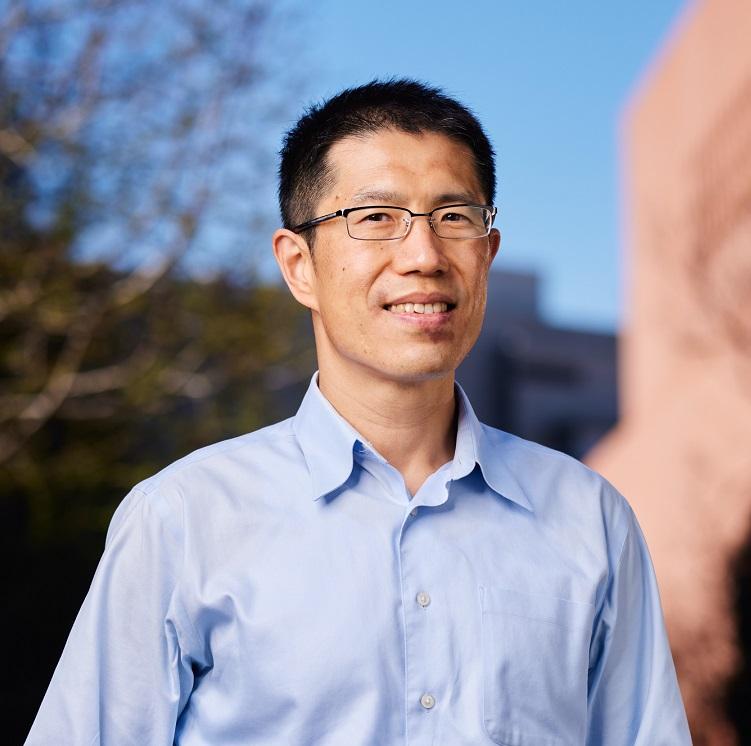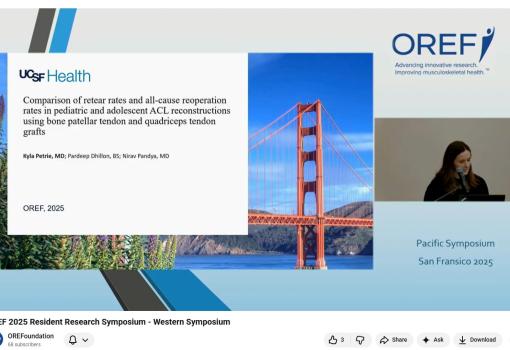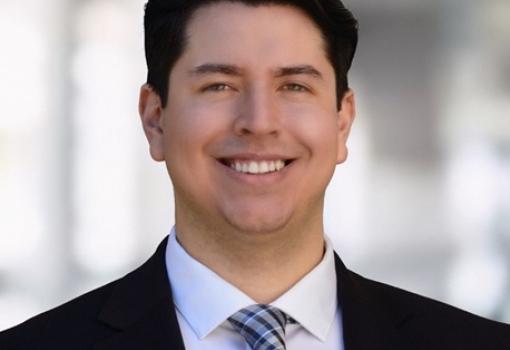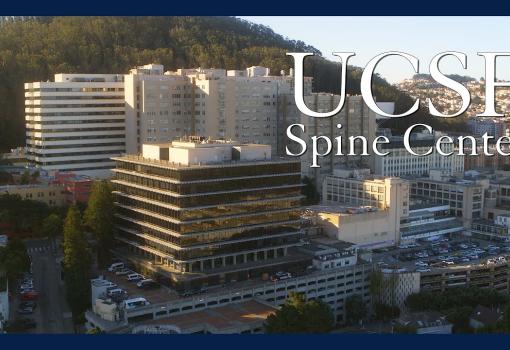Xuhui Liu, MD

Xuhui Liu, MD
Feeley-Liu Lab for Muscle Regeneration - Basic/Translational Research
Publications
Awards and Honors
Grants
- Mitochondrial biogenesis and transfer to promote muscle regeneration
2023-10-01 - 2027-09-30
VA-ORO BLR&D 1 I01 BX006098-01
Role: Co-investigator
- Endogenous Stem Cells Promote Regeneration of Muscle in Rotator Cuff Repair
2022-01-01 - 2026-12-31
VA-ORO CSR&D I01 CX002200-01A2
Role: Co-Investigator
- Mirabegron in Treating Muscle Dystrophy
2022-09-01 - 2025-08-31
Muscular Dystrophy Association MDA 957140
Role: PI
- Matrix-Assisted Cell Transplantation of Promyogenic Fibroadipogenic Progenitor (FAP) Stem Cells
2022-04-01 - 2024-09-30
California Institute of Regenerative Medicine DISC2-13201
Role: Co-investigator
- Utilizing beige fat to improve muscle function after rotator cuff repair
2018-09-01 - 2023-06-30
NIH R01AR072669
Role: Co-Investigator
- The role of P16Ink4a in adult skeletal muscle stem cells
2021-08-17 - 2026-05-31
NIH R01AR079244
Role: Co-Investigator
- Fibro/adipogenic progenitor (FAP) in neuro-muscular junction health with ALS
2024-07-01 - 2025-06-30
UCSF RAP
Role: PI
- Niche Regulation of Muscle Stem Cells
2019-08-01 - 2024-05-31
NIH R01AR076252
Role: PI
Education
| Postdoc | Baylor College of Medicine | 01/2006 | |
| MD | Peking Union Medical College | 07/2001 |
About Xuhui Liu, MD
Xuhui Liu, M.D. was trained as a physician and a research scientist in the field of orthopedic surgery. He graduated from Peking Union Medical College in 2021 and received extensive research training as a postdoc at Baylor College of Medicine before he joined UCSF. In the past fifteen years, his research has been focused on translational biomedical researches that lead to new treatments to benefit orthopedic patients. His main research interests include stem cells and key molecular pathways that are involved in skeletal muscle atrophy, fibrosis and fat infiltration. Specifically, Dr. Liu's research focused on a muscle stem cell populations, including satellite cells (SCs) and fibro/adipogenic progenitors (FAPs) in various muscle disorders. We discovered a novel brown/beige fat (BAT) differentiation of FAP in both mouse and human muscles. Inducing FAP BAT differentiation with beta adrenergic receptor agonists improves muscle regeneration after direct and indirect injuries. His most recent research involves in FAP in Duchenne muscular dystrophy (DMD) and ALS. His lab research is committed to discover novel mechanisms of muscle regeneration thus to develop new treatments to improve muscle function and the quality of life of the patients.


